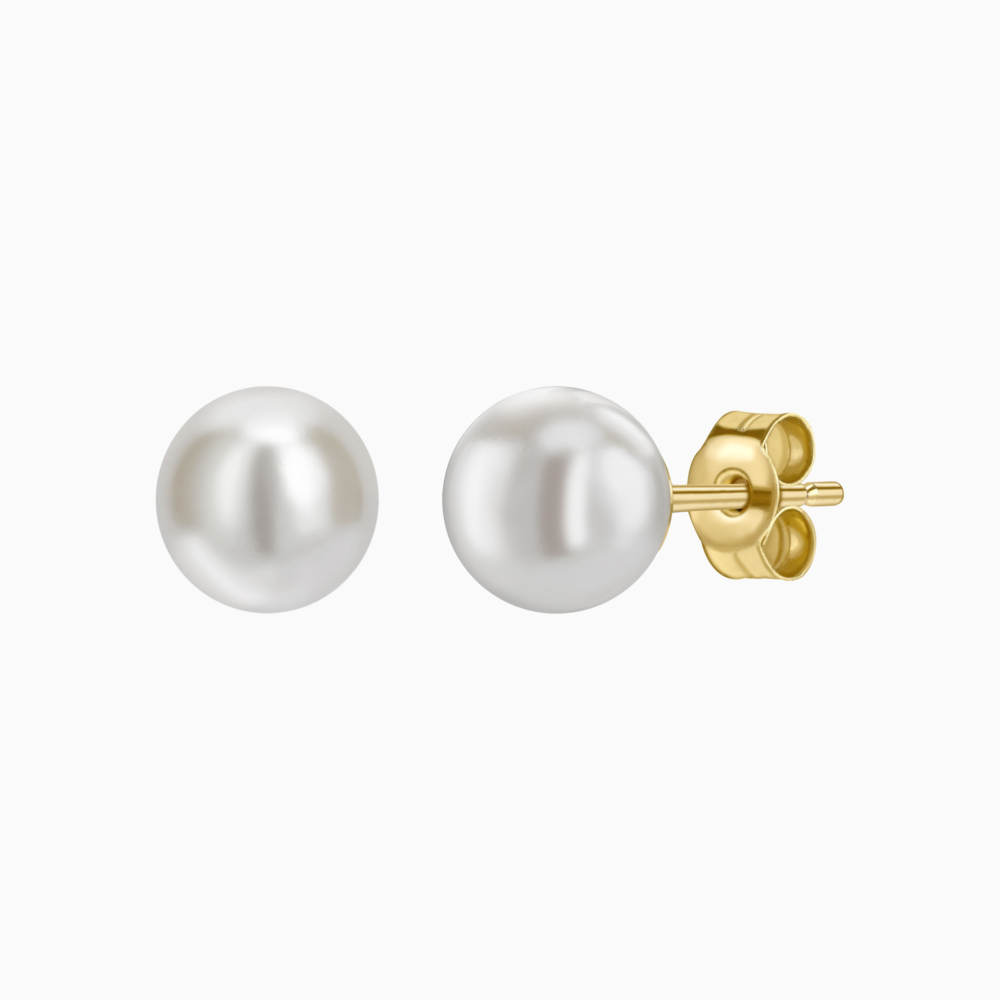March 27, 2020
Understanding Pearl types
When opening oysters, there’s often always a customer waiting with baited breath to see whether they have one of the ocean’s treasures accompanying their appetiser, but the thought of how that pearl got there is often forgotten with the first sip of champagne, post no-pearl-disappointment. Favoured by royals, high society, and maybe even your granny, this classic piece of jewellery was formed as a result of an accident.

Marie Antoinette's Famous Pearl Pendant - Image from Sotheby's.
This strange “gem” is actually the result of an oyster or mollusc’s defence mechanism against a parasite irritating the bivalve. The bivalve will secrete nacre to protect itself from the piece of shell/sand that has ended up inside its own shell. Over time, nacre layers build up and depending on the size and shape of the irritant, the pearl that is produced will be of that shape too.
In the late 1800’s, Mikimoto became the first man to successfully culture pearls, in doing so he made pearls accessible to all. By experimenting with different nuclei such as wood and metal, to start the pearl growing process, he eventually settled on a shell bead from a mussel. The same techniques used then are the same in the pearl farming industry today.

Akoya Pearls
These precious pearls are cultured pearls grown in an Akoya oyster, and one of the first oysters Mikimoto tried to culture. They have a creamy pink to white lustre and are spherical in shape, Akoya pearls are much larger than your standard freshwater pearls, and usually a lot smoother. Unlike freshwater pearl producing molluscs, Akoya oysters are only small and typically produce one or two pearls ranging between 3mm-11mm per oyster.
Akoya pearls are produced in Japan, where they have been farmed for centuries. This farming process takes between 18 months - 2 years, usually beginning in the winter months to naturally slow down the metabolism of the oyster and therefore producing thicker layers of nacre.
South Sea Pearls
Grown in the Pintada Maxima oyster in the warm waters of Indonesia, the Philippines and Australia, South Sea Pearls are one of the rarest. Pintada Maxima can grow as big as a dinner plate, so it’s not surprising that South Sea pearls are naturally one of the largest pearl producers, on average 8-20mm. These pearls take a lot longer to grow, their production cycle typically takes between 2 years and 4 years, with the oyster only producing three or four pearls over its lifetime. South Sea pearls vary in colour depending whether they’re grown in the silver-lipped or gold-lipped variety of the oyster.
These rare oysters were farmed to near extinction before the availability of cultured Akoya Pearls, so strict quotas have to be kept to maintain numbers of wild Pintada Maxima as most pearls on the market are from hand dived oysters. Although Akoya pearls were cultured in the late 1800’s, South Sea pearls were only successfully cultured in the 1950’s.
Akoya vs. South Sea Pearls
To the untrained eye, most pearls look pretty similar, even though the prices can differ greatly. Akoya pearls usually have a pink/silver overtone, where as South Sea are pure white or have champagne or gold overtones.
South Sea pearls are a lot larger than Akoya pearls, however Akoya pearls are generally more spherical, making a strand of pearls most even. Because of the difference in water temperature, South Sea pearls have a very thick Nacre layer, which gives them a high quality lustre and sheen and are the only variety of pearl which produce deep-golden tones.
As South Sea producing oysters take significantly longer to produce a top quality pearl, along with the fact most are still wild and hand dived, their price is higher.
